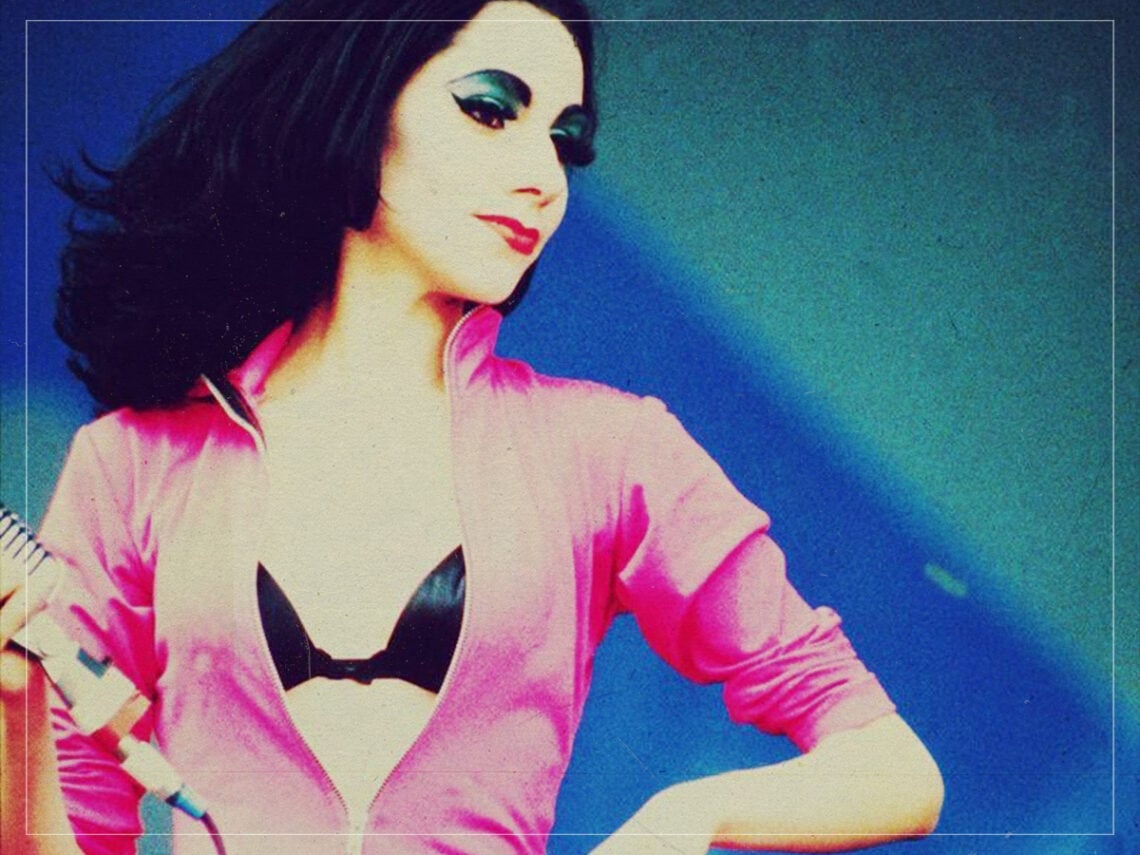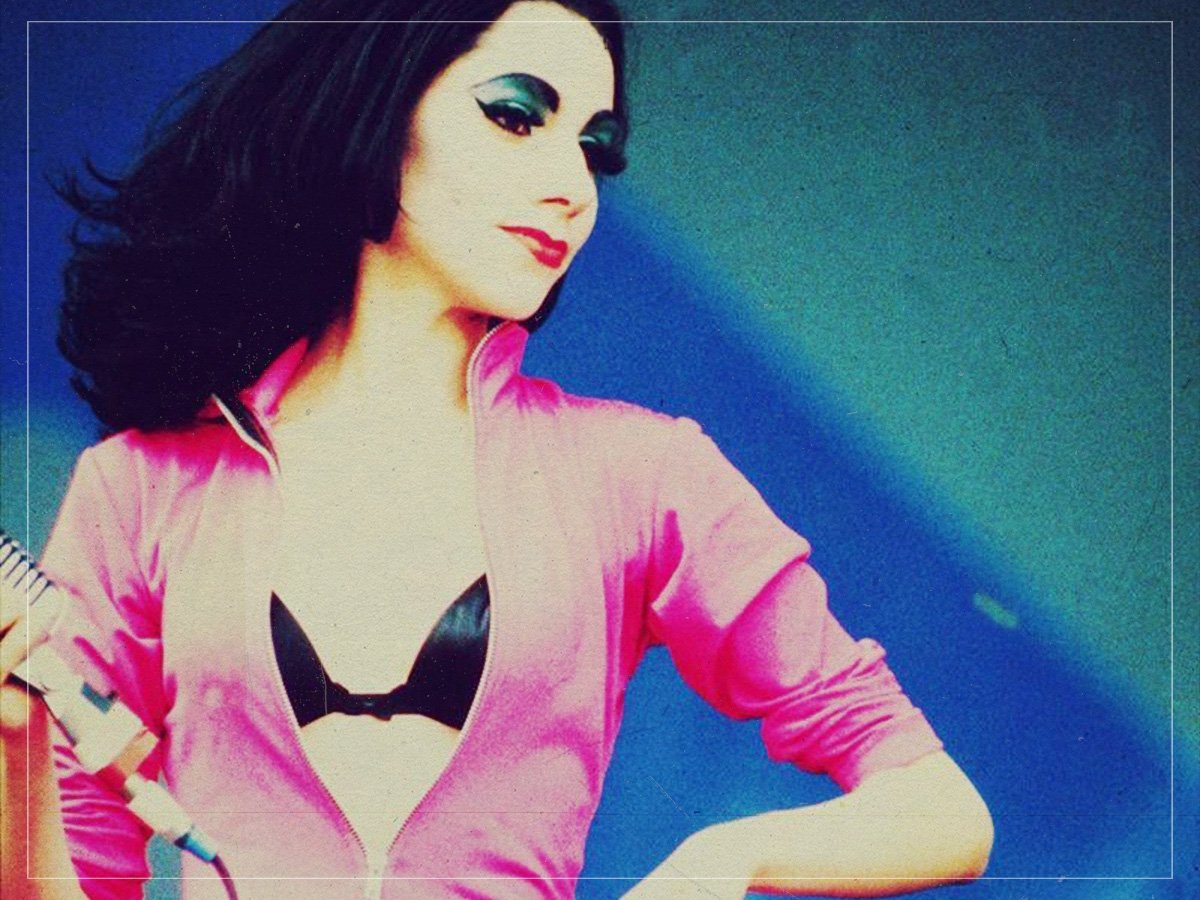
(Credits: Far Out / Seamus Murphy / Galway FIlm)
Sun 15 June 2025 11:00, UK
It’s easy to get swept up in the madness of cultural trends. Take 2024, for example, you couldn’t do anything without it being labelled “Brat”. It was a phenomenon that provided its own bespoke green lens through which the world could be viewed. But back in the 1990s, the lens was a different colour, more rounded and usually placed on the eyes of a Britpop legend with a mod cut.
While Charli XCX single-handedly carried the weight of 2024’s “Brat Summer” on her shoulders, in the ‘90s, the swell of cultural change was powered by an alumni of artists. While the odd combination of Tony Blair, Kate Moss and David Beckham swirled around them, it was the heavy hitters of the scene that pedalled it forward: Oasis, Blur, Pulp and The Verve. Together, they crafted a rough and ready aesthetic that spoke to the disillusioned youth of the time and swiftly turned alternative party dwellers into the poster boys of rock and roll.
It started authentically, it certainly tried to continue in that vein, but as ever with these cultural phenomena, its shelf life loomed large in the landscape. How long until this once subcultural lightning rod turns into a nationwide shower, so unrelenting that it threatens to bore? That’s where all good music fans pivot, in the search for something new that satiates that hunger for authenticity that the big hitters once delivered, upon their emergence on the world stage.
Where better to look for it than at a music festival? More specifically, where better than Glastonbury? Of course, the mere sight of Oasis’ name on the bill was enough to incite chaotic excitement amongst all. Especially given the festival sat nicely between the releases of their debut and sophomore albums, a time when the appetite for the Mancunian brothers was at absolute fever pitch.
But let’s not forget the true, unsung purpose of a festival: To go off the beaten track, to discover a new artist and ultimately trigger the next swell of cultural change. While PJ Harvey was hardly operating off the beaten path in 1995, she was certainly in the looming shadow of the Gallagher brothers, who dominated the discourse of music entirely at that point.
Quietly confident and with a Mercury Prize award clutched firmly under her arm for her record, To Bring You My Love, she stepped foot on stage and delivered a history-changing set. In a pink catsuit and Wonderbra, she smashed down antiquated perceptions of a female rock star, hinged solely on femininity. Instead, she packed her set with charisma, skill and just the right tinge of peculiarities to be appropriately enigmatic at a festival show.
Behind that, every performance of her song, including those from her Mercury Prize-winning album, showcased a nuanced level of compositional ability that simply wasn’t there in Oasis. The Gallaghers, along with their Britpop contemporaries, were anthemic and destructive, creating a sonic wave that spoke to the exuberant chaos of the time. PJ Harvey reminded the world that in the cracks of those commercial giants were still wallflower music fans who wanted depth. But with the confidence she provided it with in her set, she changed the direction of the discourse and created a landmark musical moment that could well have triggered a quickening of Britpop’s demise.
Related Topics
The Far Out Music Newsletter
All the latest music news from the independant voice of culture.
Straight to your inbox.
